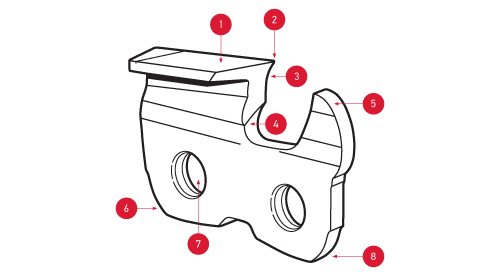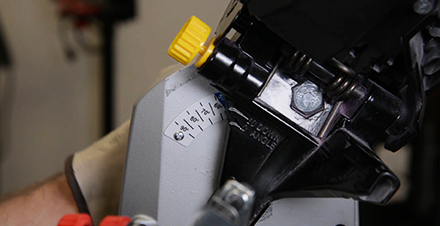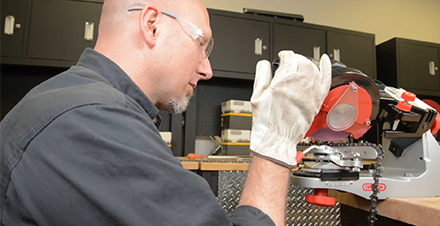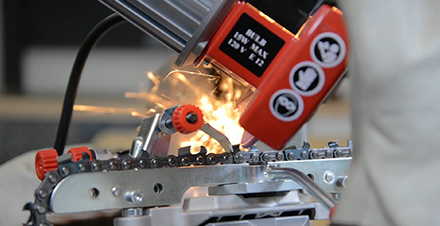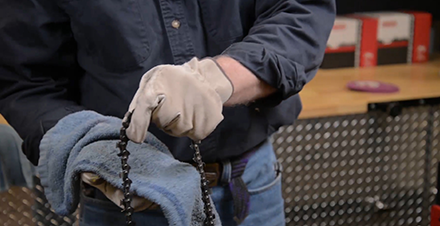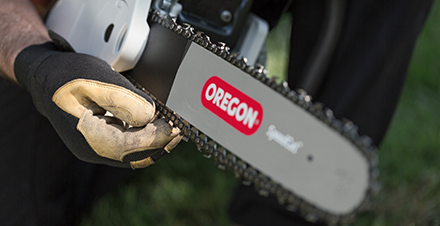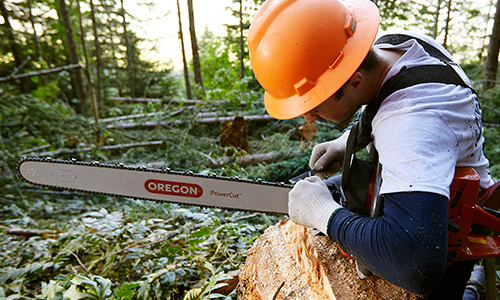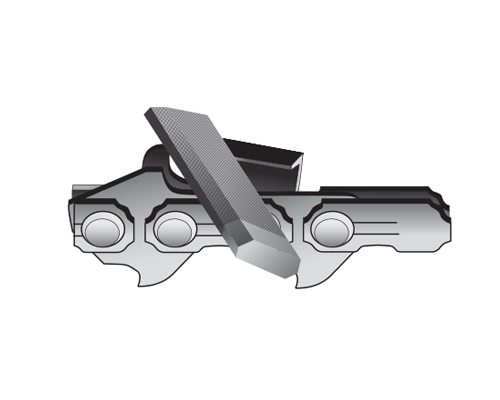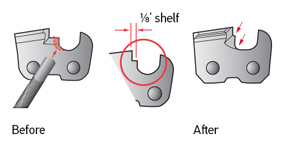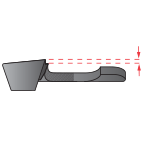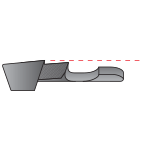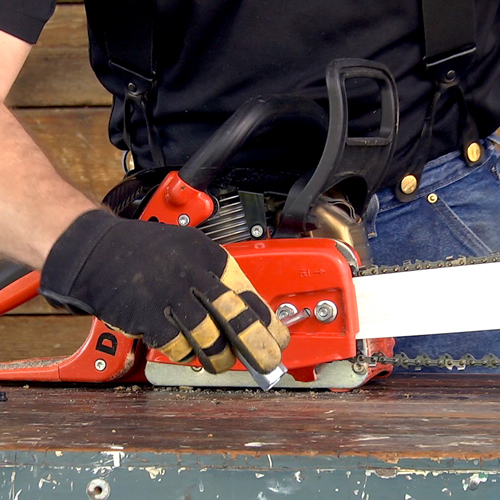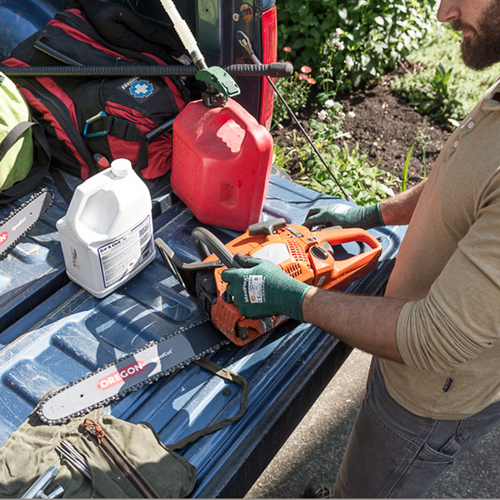FAQ
When Should You Perform Square-Ground Filing?
Since square-ground chain is not very common, most chain saw operators will never have an occasion to perform filing with a square file. Square-ground chain is only used in conjunction with longer guide bars designed to cut larger trees. However, the performance advantages of cutting timber with square-ground chain can outweigh the fact the square-ground filing can be more difficult and affords less room for error.
Things to Keep in Mind the First Time You File Square-Ground Chain
While square-ground filing can be done out in the field, a shop with a light and a work bench is an ideal learning space. It’s easiest to file in a setting where your cutters are stable and there’s lots of light.
The first square-ground chain you sharpen should be a square-ground chisel chain that still has its factory grind. Do not use an old chain – especially one that has been previously filed. A chain that has already been resharpened may still have gullet material attached that needs to be removed.
Tip: A second, new square-ground chisel chain on hand can be a handy reference point for square-ground chain sharpening. You can look at the cutter teeth on the second chain to see what the cutter teeth should look like.
Three Rules for Sharpening Square-Ground Chain
- Keep the corner of the file aligned with the cutter’s tooth
- Maintain the angles of the cutter’s tooth
- Repeat the same angles on every tooth; all cutters need to be the same.


